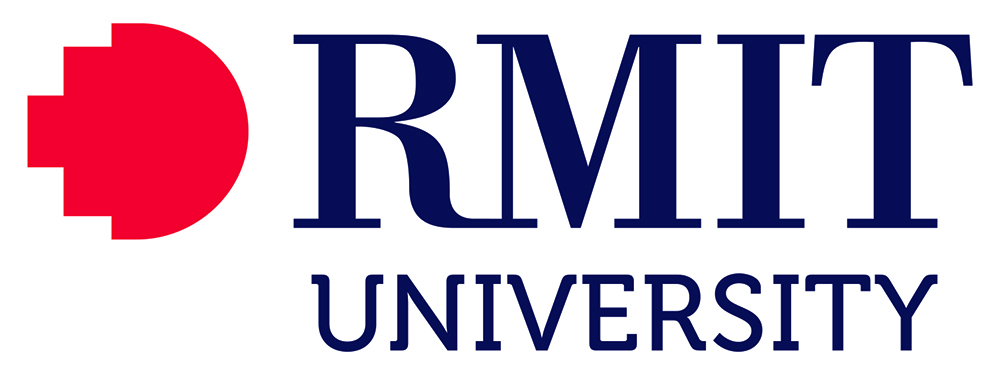JUSTAS PIPINIS
MFA RESEARCHER
The interdisciplinary artistic explorations I undertake derive from anthropological musings about the human condition and human ways to make sense of the world. Deliberate ambiguity in many of my works is aimed to challenge the habitual sensemaking and to prompt a creative engagement with the subject matter. I typically seek to create an artistic distance to things taken for granted, provoking reconsideration of the routinely attributed features, identities, and expectations. While privileging conceptual work over media preferences, I maintain a special interest for the sonic component in my media mix. I work with sound both in its cochlear and non-cochlear varieties, eagerly exploring various spatialisation strategies.
My artistic practice has evolved from postgraduate studies in anthropology of art at Stockholm University (Sweden) and Vienna University (Austria). Later I have studied metal and object art at Stenebyskolan, contemporary jewellery at Konstfack, performance art at Umeå Academy of Fine Arts, philosophy of photography at Karlstad University, architectural quality at KTH, painting, printmaking and sound art at RMIT. I have undertaken artistic residencies at Not Quite (Sweden) and Bogong Centre for Sound Culture (Australia), and have been exhibiting works in Sweden, Austria, and Australia.
Currently I am MFA student at RMIT.








